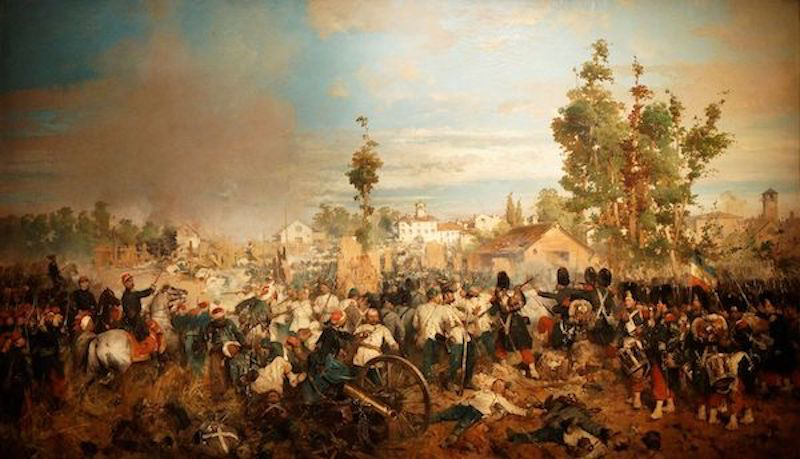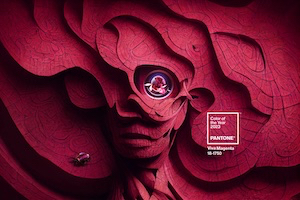Viva Magenta! Pantone's 2023 Color of the Year

Pantone’s 2023 Color of the year is out and it's something called “Viva Magenta”. I have to laugh at the hyperbolic drivel in the press. “Grounded in nature”? Hardly.
Magenta was a trade name applied to rosaniline hydrochloride. a synthetic aniline dye brewed in the labs of British chemists Chambers Nicolson and George Maule in 1859. Originally called roseine, the dye was marketed as magenta in the UK in 1860.
Meanwhile in France, the same synthetic dye was independently developed in 1859 by French chemist François-Emmanuel Verguin. He eventually took his discovery to the firm Renard Frères which applied the name fuchsine to their own product.
“Viva Magenta….communicates power—but in an assertive, not aggressive way”. Huh?
To make the 2023 Color of the Year even funnier, the name itself was lifted from the Battle of Magenta. In 1859, French & Sardinian forces won a military victory in Italy to successfully wrest Lombardy from the Austrian Empire. The battle took place near the small commune of Magenta outside Milan.
The application of the name to the synthetic dye actually had nothing to do with peaceful nature or color but was simply because the name of bloody victory was fresh in contemporary news and minds.
Viva Magenta, indeed!

Likewise, fuchsine also had nothing to do with actual color. The 1859 trade name was chosen by Renard Frères for two reasons. One was that Renard is Fuchs in German. Both mean Fox. The other was that the fuchsia was simply a wildly fashionable plant in contemporary gardens. Like magenta, it was a marketing ploy.
The two 19th century names for rosaniline hydrochloride have caused no end of confusion. Especially fuchsine (also fuchsin) as the color “fuchsia”. People try to rationalize a connection between the intense colors of the synthetic dye and the actual colors of the flower. There is none.
Perceptions of the two color names have diverged a bit in printing and fashion. Currently a quinacridone dye, first developed in 1935, is often used for magenta. Because of the industrial switch, magenta is now generally considered to be more purplish red and fuchsia more a purplish pink.

Coincidentally, French botanist Charles Plumier (1646-1704), Minim monk and the Father of the First Fuchsia, published a paper identifying the cochineal insect as the source of that dye. Its production and export from Mexico was a bit of a mystery in the 17th century, having been kept a closely guarded trade secret by the Spanish.
On the colors of the web, however, fuchsia and magenta remain the same thing. Both are rendered with the hex triplet #FF00FF. Make sure to be wearing dark glasses if you Google the hex code. It’s bright. Very, very bright.
(Illustrations: 1. Viva Magenta. 2. Link to Pantone's 2023 Color of the Year. 3. The Battle of Magenta by Gerolamo Induno, 1859. Musée de l'Armée, Paris. 4. A quinacridone dye, C20H12N2O2)
